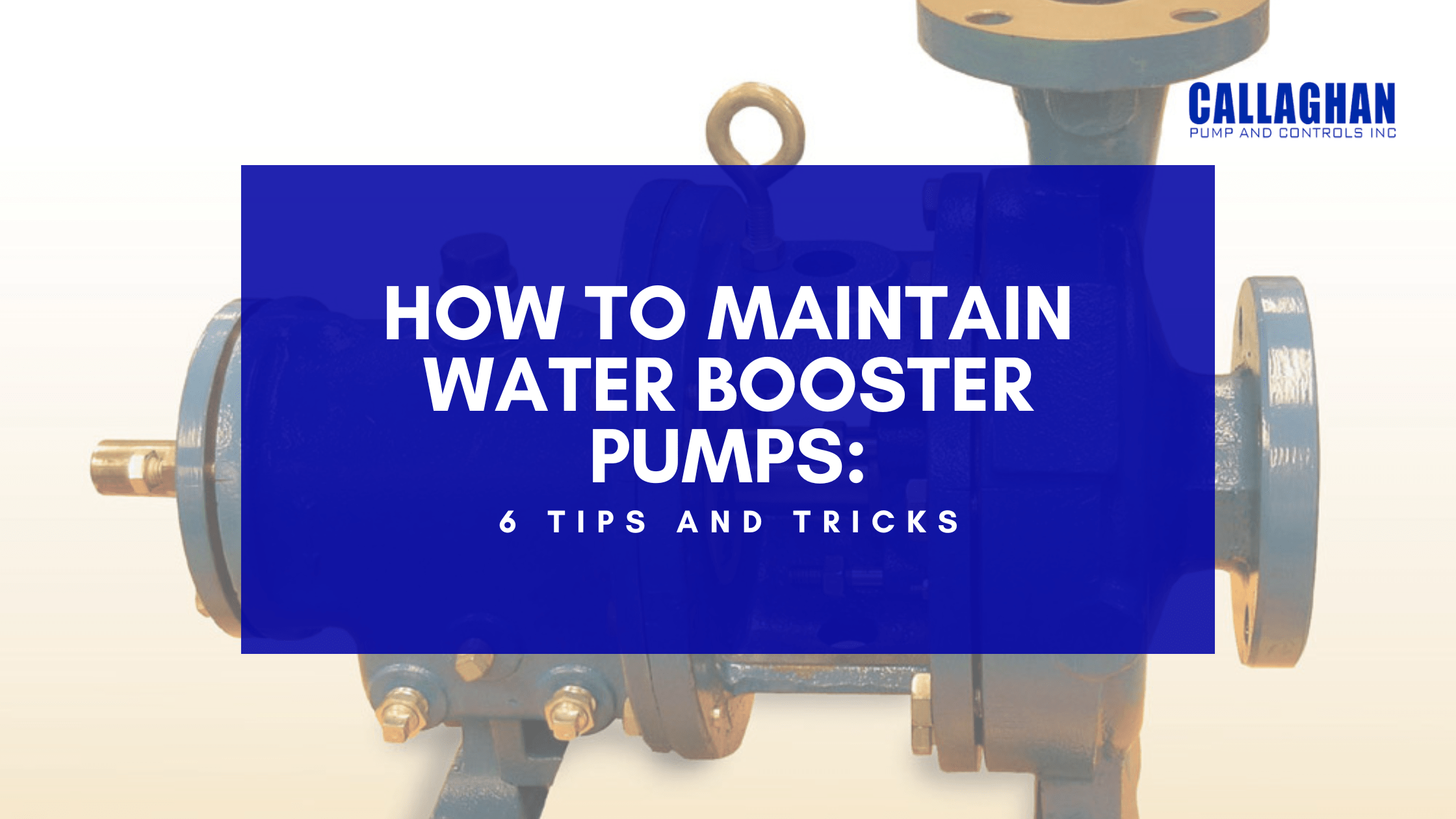
June 26th, 2023
There are several reasons why a building fails to get sufficient water supply and pressure. It can be due to gravity, distance from the main water source, or inappropriate city main supply. With poor water pressure, the water becomes unreliable and difficult to access, especially in emergencies. Therefore, the best home water booster pumps are installed to increase the water flow rate.
Water booster pumps are vital in improving water lines in residential houses, schools, hospitals, etc. They can even enable the transportation of water across several stories. So, if a booster pump fails, the result can be disruptive, with water pressure dropping. This usually happens when you neglect regular maintenance, leaving essential tasks to on-site maintenance.
When things are running smoothly, it’s easy to overlook the importance of pump maintenance and assume that it’s not worth inspecting your pressure water pump. But the reality is that most facilities have several water pumps performing different functions that are integral to the operation of the plant. If one pump malfunctions, it can shut down the entire plant.
Maintaining water booster pumps is similar to a regular pump. You will need to ensure that its parts are in good condition to maximize the pump’s efficiency. Testing should be done while the booster pump is running. Excessive vibrations, unusual sounds, corrosive body parts, and acceptable pressure readings are some points you should consider when checking your pressure water pump. Continue reading to learn more about the maintenance and inspection of domestic water booster pumps.
Before performing maintenance checks on water booster pumps, consult the manufacturer’s manual. We’ve created an inspection checklist to help you keep on top of maintenance. This checklist aims to carry out a set of checks monthly or weekly.
Consult the manufacturer’s manual to determine the timing to schedule your pump maintenance. Pick an appropriate time when the system is down. Machines should be properly shut down before performing any maintenance or inspection. Here, proper isolation is essential for electrical and hydraulic systems.
Inspect the pressure water pump regularly for any signs of wear and tear. Look for leaks, cracks, or other signs of damage to the casing, impeller, motor, and other pump parts. Make sure that the pump’s bearings are adequately lubricated. Check the shaft seal for leaks and call a professional if you notice any leakage. Also, inspect the pump pressure and discharge gauges for abnormal readings.
Check the alignment of the water booster pump’s motor and the shaft to ensure they are correctly aligned. Misalignment can cause excessive damage to domestic water booster pumps. Inspect the pump’s foundation to ensure no loose frames and bolts. Also, check the vital components of the pump for any rust or degradation.
Testing the booster pump’s pressure relief valve helps you ensure it is not stuck closed. This will require checking the electrical connections of the motor, switch, and other components to ensure they work correctly. Also, inspect and clean the suction strainer to ensure it is not clogged with debris.
You need to check the pump’s performance periodically. This includes measuring the pressure water pump flow rate, pressure, and other key parameters. Compare the results with the manufacturer’s specifications. Additionally, check the pump for excessive vibrations that may indicate misalignment, wear, or other pump issues.
Be sure to clean the pump’s exterior to prevent any dirt build-up. Please note that this check is not exhaustive, and the maintenance requirements may vary depending on the specific pump model. Thus, you should always refer to the manufacturer’s specifications.
Callaghan Pump offers high-quality domestic water booster pumps that are low-maintenance for all water-boosting applications within any environment. Request a quote today.
john@callaghanpump.com,
eileen@callaghanpump.com,
dan@callaghanpump.com,
sales@callaghanpump.com,
service@callaghanpump.com












